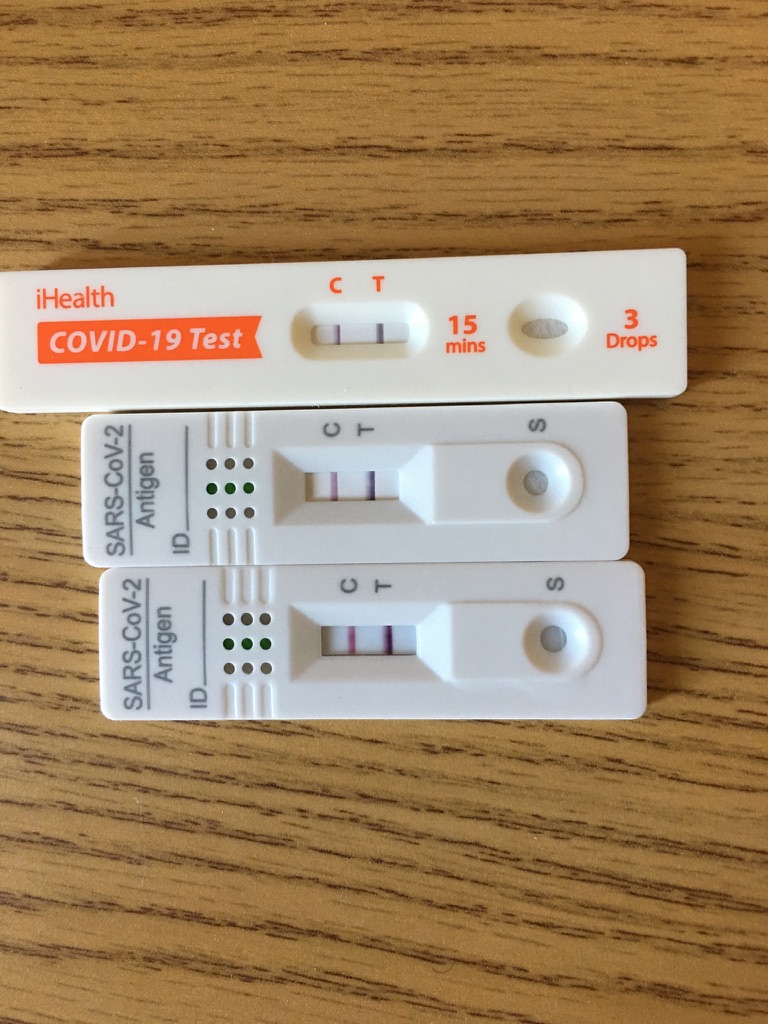In Community Capital, Race, Equity and the Credit Union Movement co-author Michel McCray tells the story in Part 2 of the closing of Kappa Alpha Psi FCU in 2010.
He creates first person accounts and reconstructed dialogue of some of the events from the participants. The following excerpt is from a quarterly meeting between the NCUA examiner and Victor Russell who was leading the credit union.
Confrontation (From Chapter 12, Alice in Wonderland)
An angry sun glared off the tinted glass of a small law office in Richardson, Texas. I waited for my cousin, the proprietor, to return. Tall in stature but slight in height, Julius Thompson is a brilliant attorney who is the general counsel for KAPFCU. He provides legal expertise and guidance to the fraternity enterprise. He also offers his offices, file cabinets, and conference room to support the KAPFCU effort.
Friends and family call him the “Godfather;” Julius Thompson, the bald barrister with a caramel coffee complexion. Julius has a knack for networking and connecting people. He also recruited me to assist KAPFCU with government relations and community development expertise to help grow the fledgling credit union. . .
At 6:02 p.m., an alabaster male with stern, square cheekbones and thin lips walked into the conference room at Julius Thompson PLLC to conduct the quarterly examination of KAPFCU, the only federally chartered Black-owned financial institution in the state. He wore a dark conservative suit, a busy patterned tie, and polished leather shoes. He was clean-shaven with amber hair and piercing cobalt eyes.
NCUA Supervisory Analyst Tony Rausch personified the Texan view towards minority-owned financial institutions. Privileged, aggressive, and assertive, his demeanor was best described as “typical Texan,” exuding his white male privilege. Empowered as a federal official, he was assertive regardless of whether he was right or wrong. Ultimately, being a “Fed” means that you never have to say you’re sorry.
A loud commotion erupted inside the conference room of the small legal office and real estate title plant. Tony Rausch, a “good ‘ol boy” from Texas, versus Victor Russell, a fast-talking hustler from Chicago. They congealed like oil and water. However, Victor had transformed from Chicagoan to Texan, donning ten-gallon hats and ornate belt-buckles with Italian suits—even Black people do rodeo in Texas.
During the regular quarterly examination, Victor Russell described the current operations of KAPFCU and his plans to increase revenues by origination fees for residential or commercial mortgage transactions. Tony’s eyebrows rose. “Slow down, Victor, before you try to jump into high finance. You guys are just sitting on your deposits. If you want more money, make more loans to your members.”
Victor sat upright, interlocking his fingers. “We are trying to mitigate our risk. In banking, we say, ‘know your customer.’ We know our members and make loans to individuals we know will pay us back.”
“Very good, because that’s the only way you can legitimately make money to generate revenues,” said Tony.
Victor argued that KAPFCU was not issuing or holding mortgages on the credit union’s balance sheet. Instead, KAPFCU would only make referral fee income by finding qualified borrowers for other financial institutions. Rausch balked at this and declared that KAPFCU could not generate mortgage fee income because of real estate risk. “I will not let you do that, Victor.”
“What do you mean, you won’t let us do this? You don’t run our credit union—we do!” Victor bellowed.
“That’s not how small credit unions operate.” Tony replied, “You must grow your loan portfolio. Make your money from member loans.” (pages 180-181)



